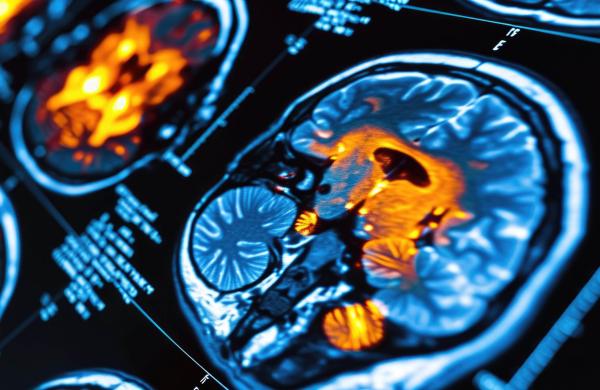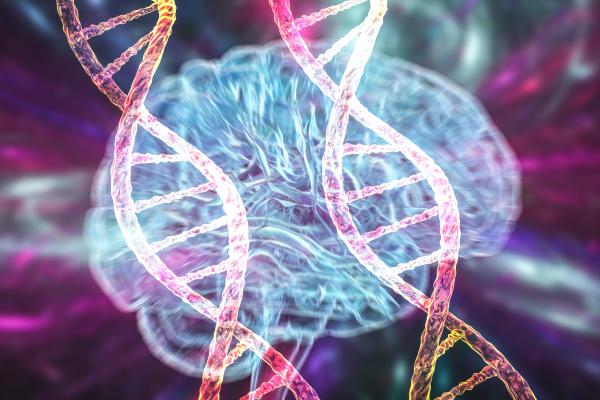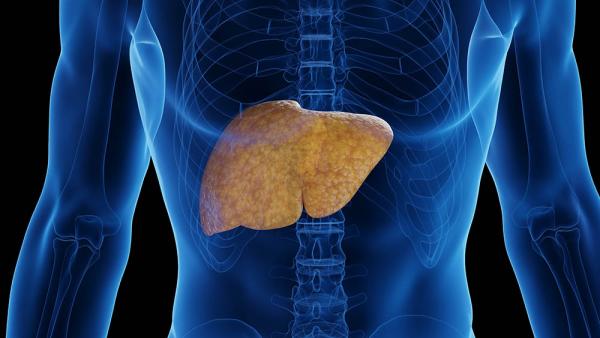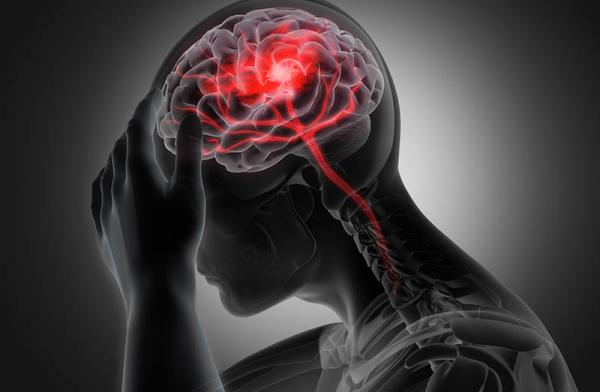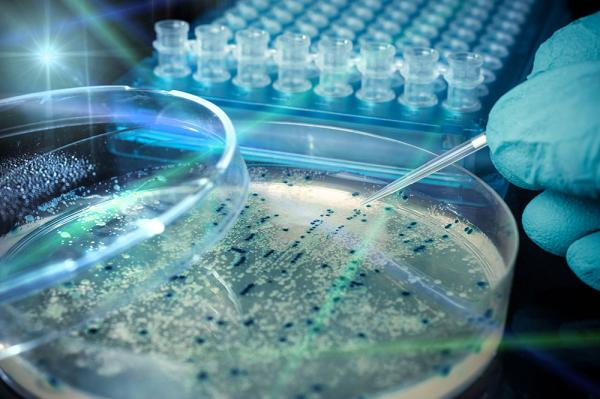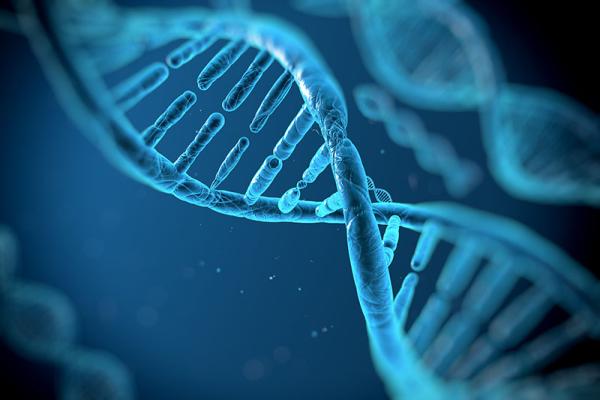Comparing Two Ways to Blast Tumors
IRP Study Is Examining the Long-Term Effects of Treatments for Children With Cancer
Not long after German physicist Wilhelm Röntgen identified X-rays in 1895, doctors began using them to treat cancer. They soon realized, however, that this new ‘radium’ therapy — the forebearer of modern-day radiation therapy — could also cause cancer. Today, we know that radiation therapy poses much greater risks to children than adults because their cells are dividing more rapidly than those of adults, making the cells more sensitive to radiation. Children also have more years of life ahead of them during which a cancer instigated by their treatment might develop.



